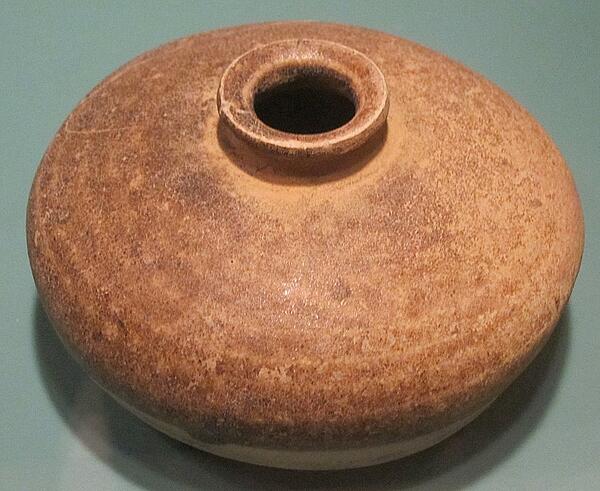Early metal age - Philippines
Scientists have found some evidence that bronze or brass tools were used when Austronesian migrants first arrived in the Philippines. However, this has been disputed and many anthropologists and archaeologists generally believe that the earliest metal tools were used in the Philippines in around 500 BC.
According to many historians, the use of tools by the population of the Philippines coincided with a significant change in the lifestyle of early people on the islands. This brought stability and structure to their lives, creating greater opportunities for the growth and development of their communities.
Specifically, the communities that had developed from the Austronesian-speaking migrants and other inhabitants were able to develop their way of life. This meant no longer living in campsites and instead living in larger villages that enabled easier trade and travel around the archipelago.
The growth in the sharing of knowledge and culture eventually resulted in communities beginning to merge where they hadn’t before. Some historians argue that this marked the start of the development of the population of the Philippine’s into what they are today, rather than remaining in smaller separate groups.
Felipe Landa Jocando, one of the leading authorities on Filipino anthropology until his death in 2013, publicly referred to this period as the 'incipient phase'. This phase included the period between 500 BC and 1 AD, during which artefacts became increasingly prevalent and gradually became similar in design across the islands.
During this time, historians believe there was also development in many other areas, including arts and crafts. Pottery technology, for example, quickly became an important commodity when trading with neighbouring countries; a tradition that continued long into modern period and an artform that is still practised in the country today.

MLA Citation/Reference
"Early metal age - Philippines". HistoryLearning.com. 2025. Web.
